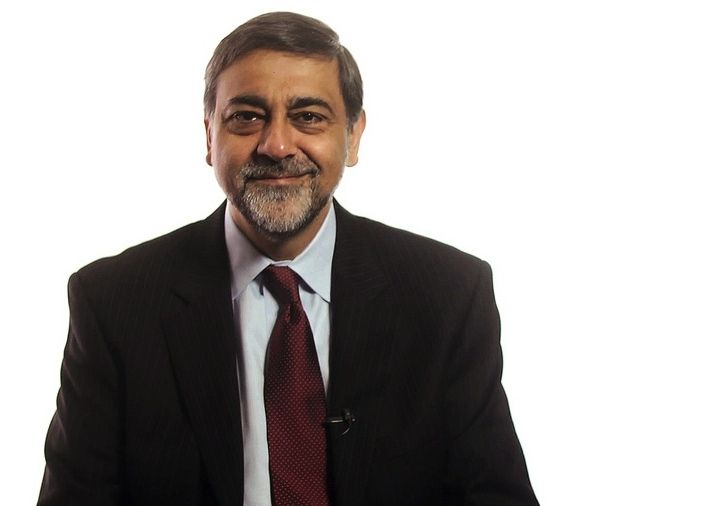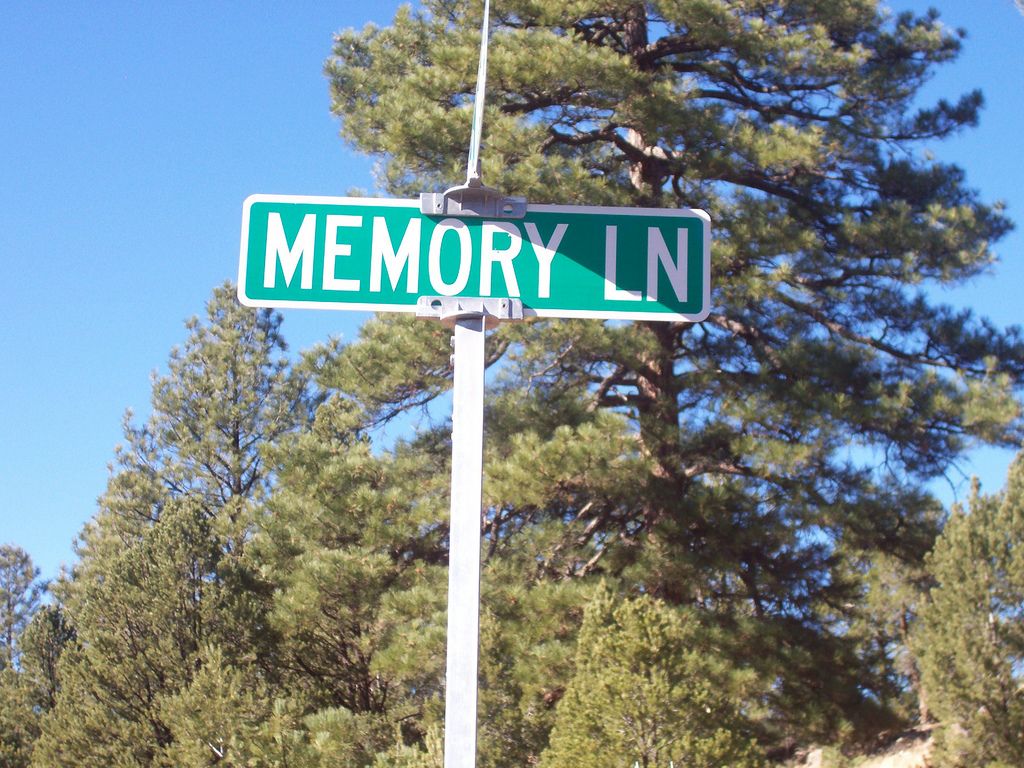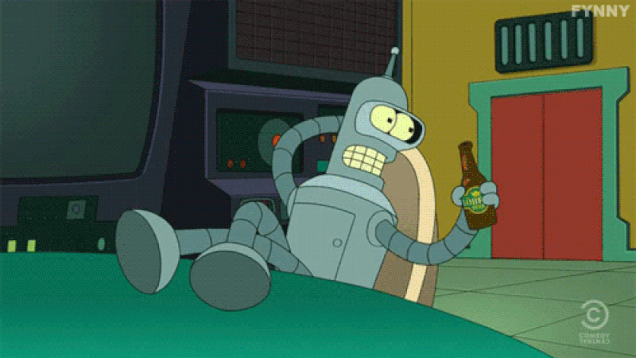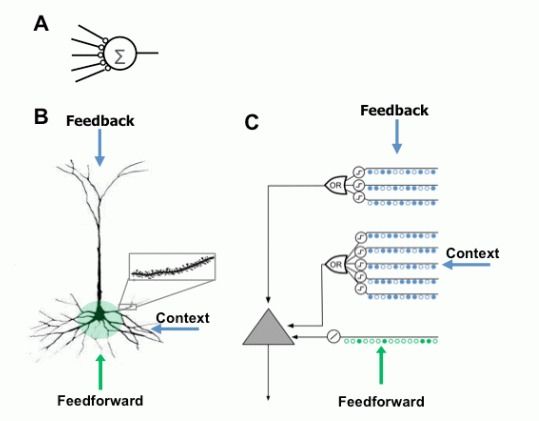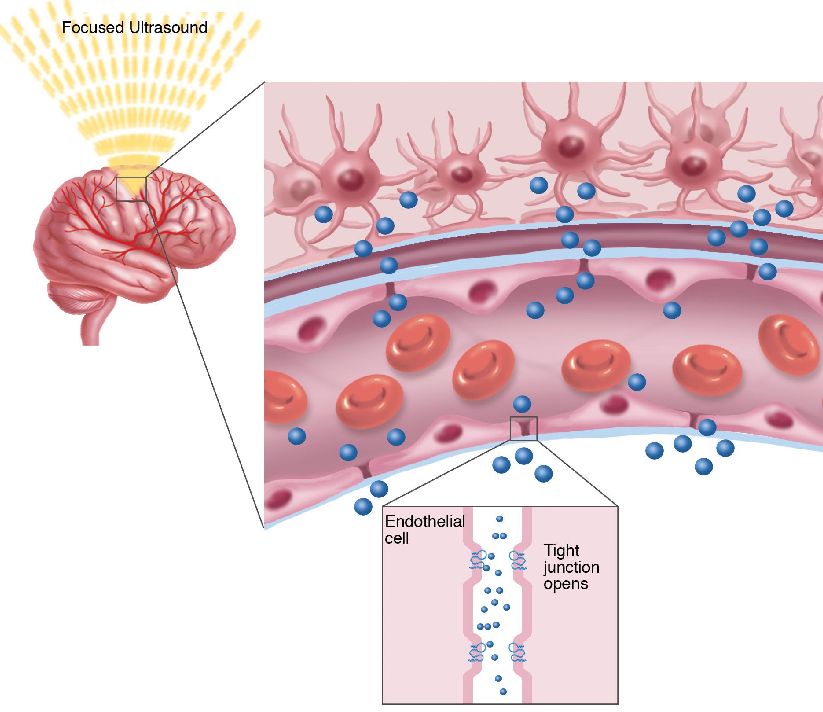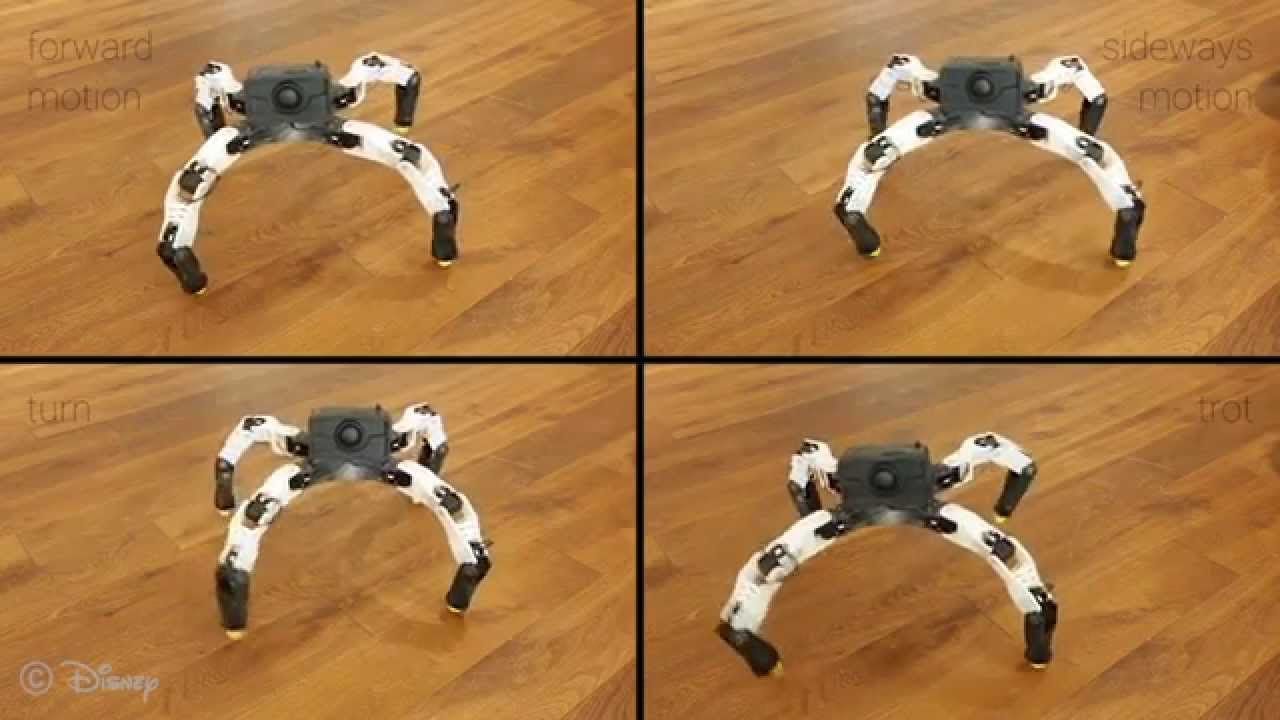Nov 15, 2015
Leading Harvard physicist has a radical new theory for why humans exist
Posted by Andreas Matt in categories: biotech/medical, physics
Where do we come from? There are many right answers to this question, and the one you get often depends on who you ask.
For example, an astrophysicist might say that the chemical components of our bodies were first forged in the nuclear fires of stars.
On the other hand, an evolutionary biologist might look at the similarities between our DNA and that of other primates’ and conclude we evolved from apes.



